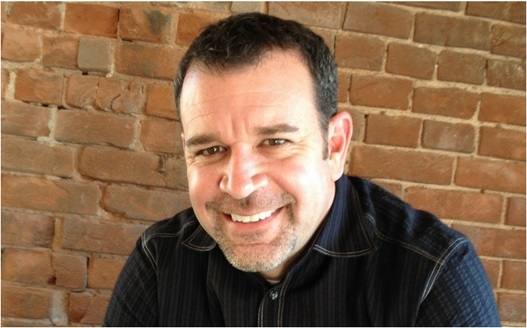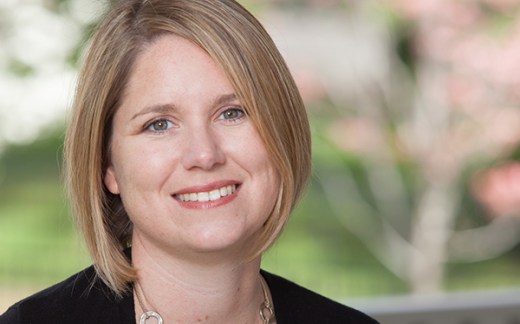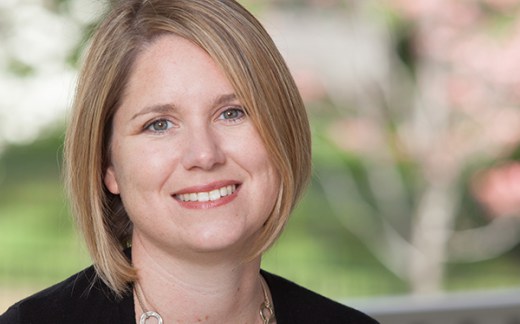
Matt Hertig is the CEO, CTO and co-founder of Alight Analytics – an analytics consultancy which works with such brands as the Memphis Grizzlies, AMC Theatres, Helzberg Diamonds and many others. When working with its clients, Alight Analytics utilizes the technology solution, called ChannelMix®, which is the world’s first data management platform designed for marketing.
During their session at MDMC18 called “The Challenge of Becoming a Data-Driven Company”, Matt and his co-presenter Sean Cotton, are going to share the tips on how to turn marketing data into a real-world business advantage, and generate real ROI from marketing analytics.
In the pre-conference Q&A session below, Mark provides his insights on digital marketing.
Q1. What do you think is the next game changer in digital marketing, such as a new, modern tactic, tool, or aspect of marketing? How will it evolve in the coming years?
M.H.: Right now, for too many marketers, digital strategy is like a puzzle without a box because there are so many channels and sources of data. Marketers have all these different pieces but no overarching view of how they all fit together.
In the future, there’s going to be less of that fragmentation — as an industry, we’re going to solve the data problem. So instead of being forced to piece all these data sources together on your own, you’ll be able to start with a holistic picture of what happened.
Q2. According to you, what are the top three mistakes committed by organizations today in leveraging digital marketing?
M.H.: One of the most common problems is using the wrong metrics to make decisions. It’s easy to get distracted by big numbers like impressions or pageviews. But are those really illustrating what’s happening with your marketing? You need to pay attention to the measures that will inform what you should do next.
Another big problem is when marketers look at their marketing results channel by channel, in silos. We need to view analytics holistically — how do different channels amplify or interact with each other?
And finally, too many marketers aren’t using analytics to drive their plans. When it comes time to allocate their media spend, they hand out 20 percent to digital, 20 percent to TV, 20 percent to search, and so on. It’s like Mom handing out cookies — everybody gets a fair share.
But what we should do is leverage our marketing analytics to spend budget where it’s going to generate the best returns. Maybe search drives the bulk of your conversions. In that case, maybe it should get 50 or 70 percent of your spend.
Q3. Which are your three favorite digital marketing tools?
M.H.: My team would kill me if I didn’t mention ChannelMix, our data aggregation solution for marketing. We can automatically collect, clean and organize all your marketing data, no matter the source, and put it into an analysis-ready format.
Once you’ve got that perfected data, it’s so much easier to analyze and visualize that with best-in-class tools. At Alight, we use Tableau and Google Data Studios. They’re comprehensive, customizable solutions that can do whatever you or your clients need. There are other viz tools out there that promise to be “easier,” but inevitably, we’ve seen people get stuck because those tools are so limited.
Q4. If you were looking to hire a digital marketer, what are the top 3-5 skills you would be looking for in a candidate?
M.H.: If you’re hiring an analyst or anyone who’s going to be directly involved with marketing analytics, there are three things you should look for:
– a core knowledge of how data works
– a contextual understanding of how different channels impact and influence each other
– the ability to tell a holistic performance story
Because if you have all those things — that core knowledge and context — I can teach you all the technical skills you need. It’s a lot harder to teach the intellectual skills.
Q5. What’s the industry buzzword that annoys you the most these days and why?
M.H.: “Dashboard,” at least when people treat dashboards like they’re a crystal ball that will magically tell them what to do.
In reality, the dashboards used by most marketers aren’t tracking metrics that will enable them to make good business decisions. These visualizations are usually very pretty-looking, but they don’t contain the kinds of decision metrics that marketers need.
We prefer the term “performance stories” when we’re talking about marketing analytics. That’s because the different pieces of your data ecosystem affect and influence each other. “I did X, which caused Y, and that resulted in Z.” When you achieve that comprehensive view, you’re going to understand your results with greater insight.

















